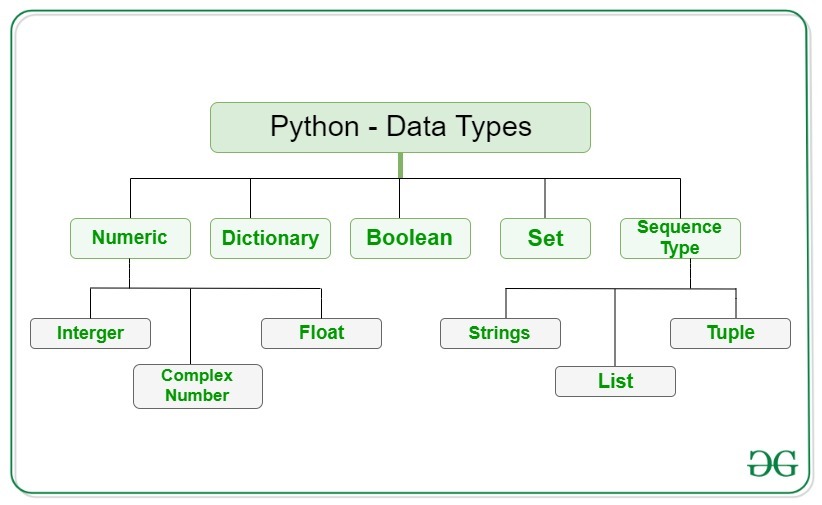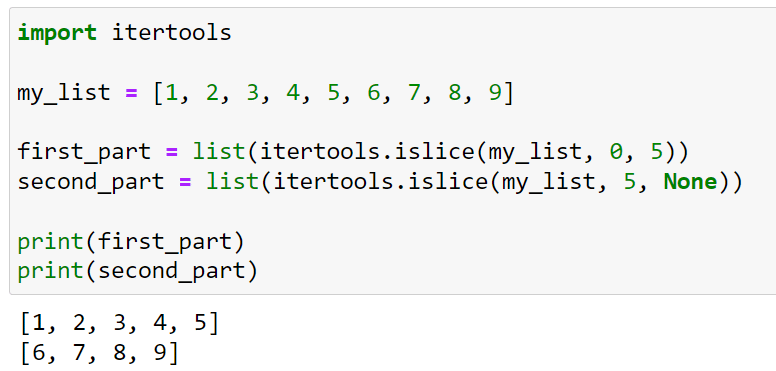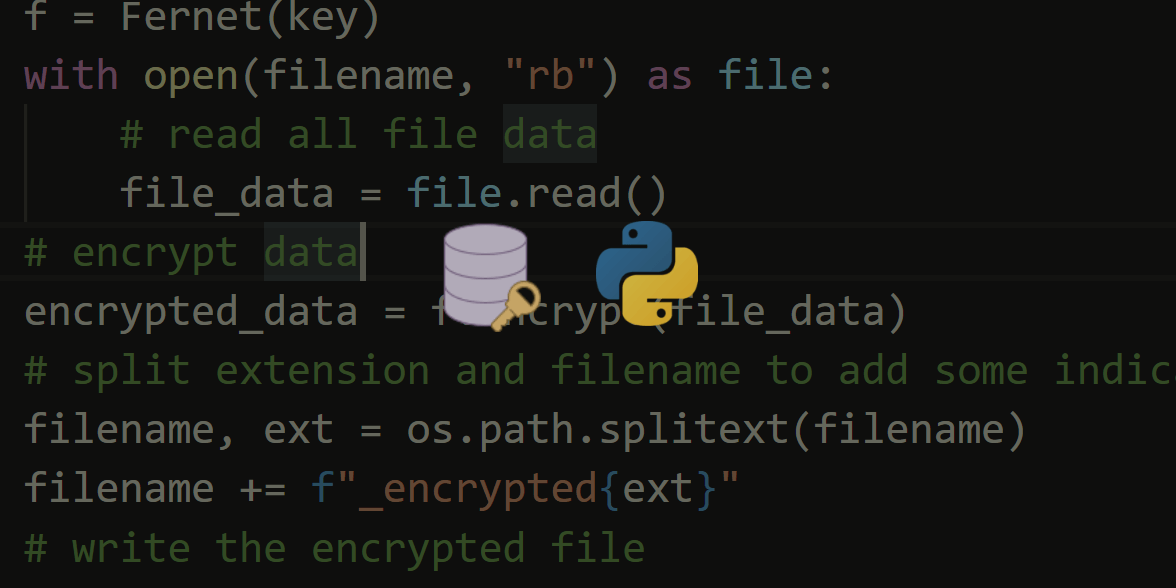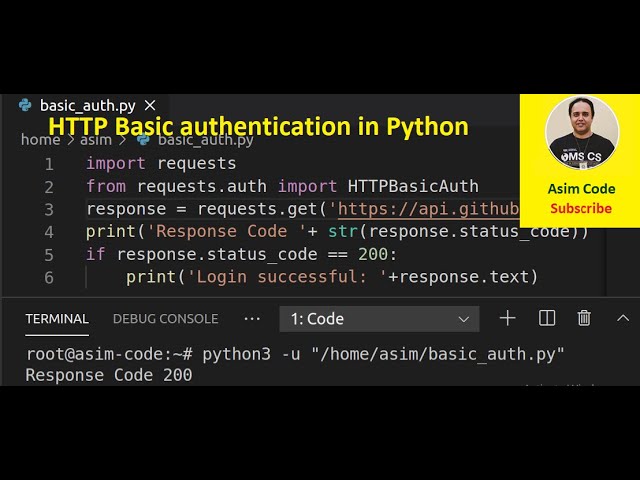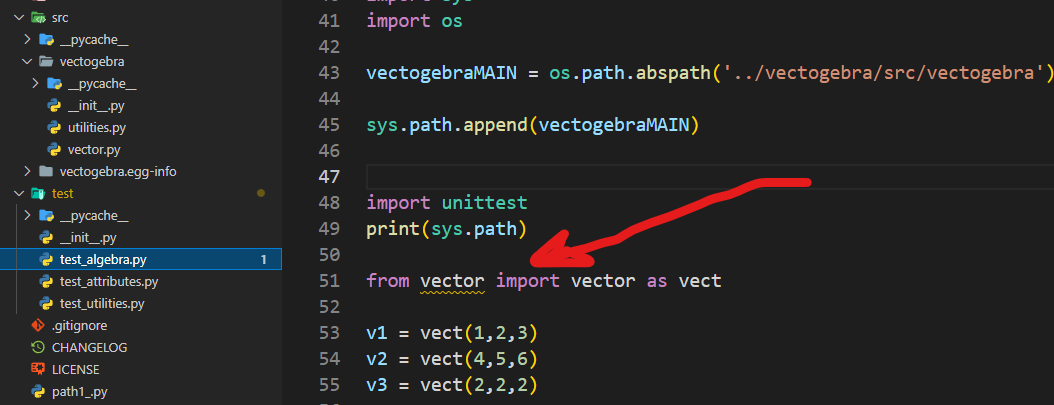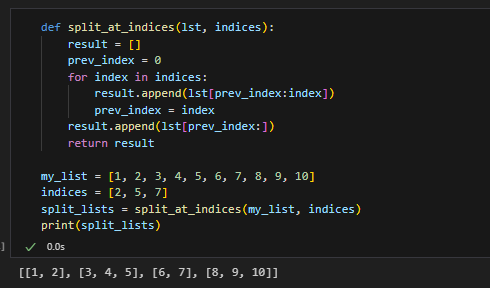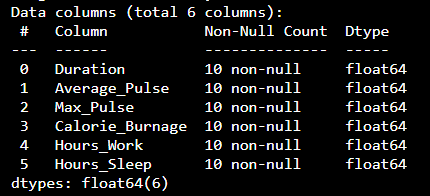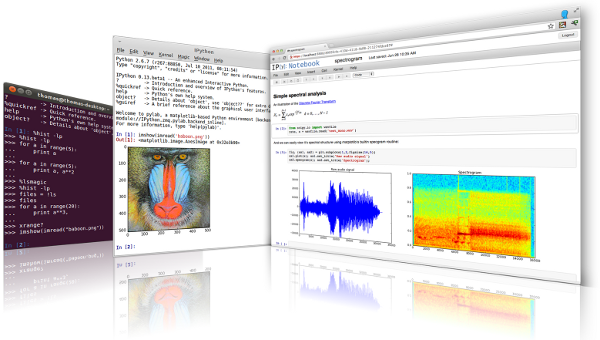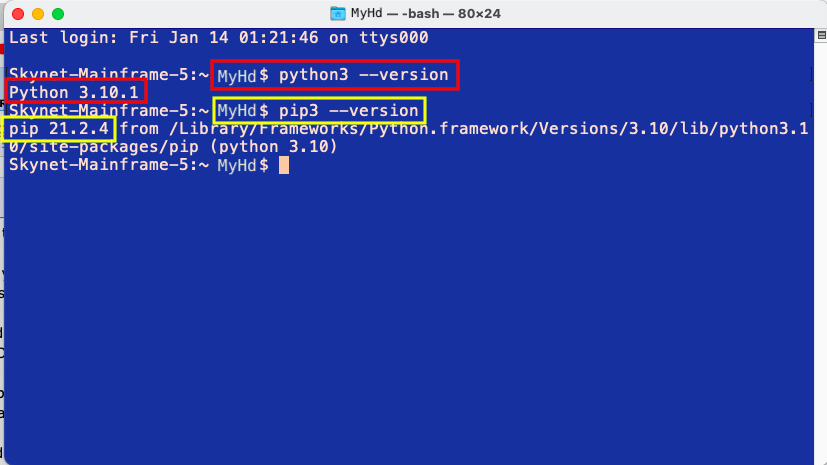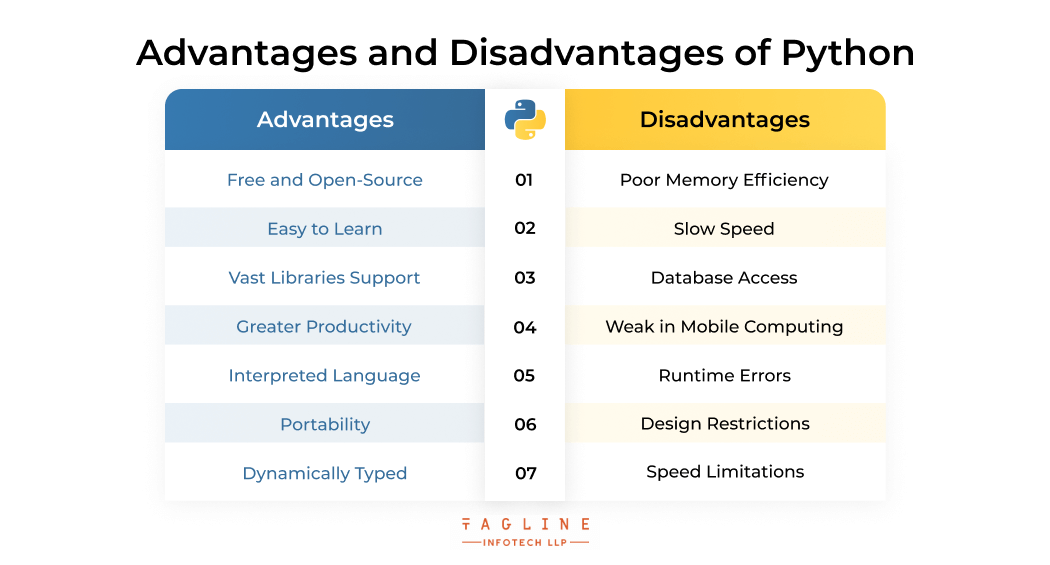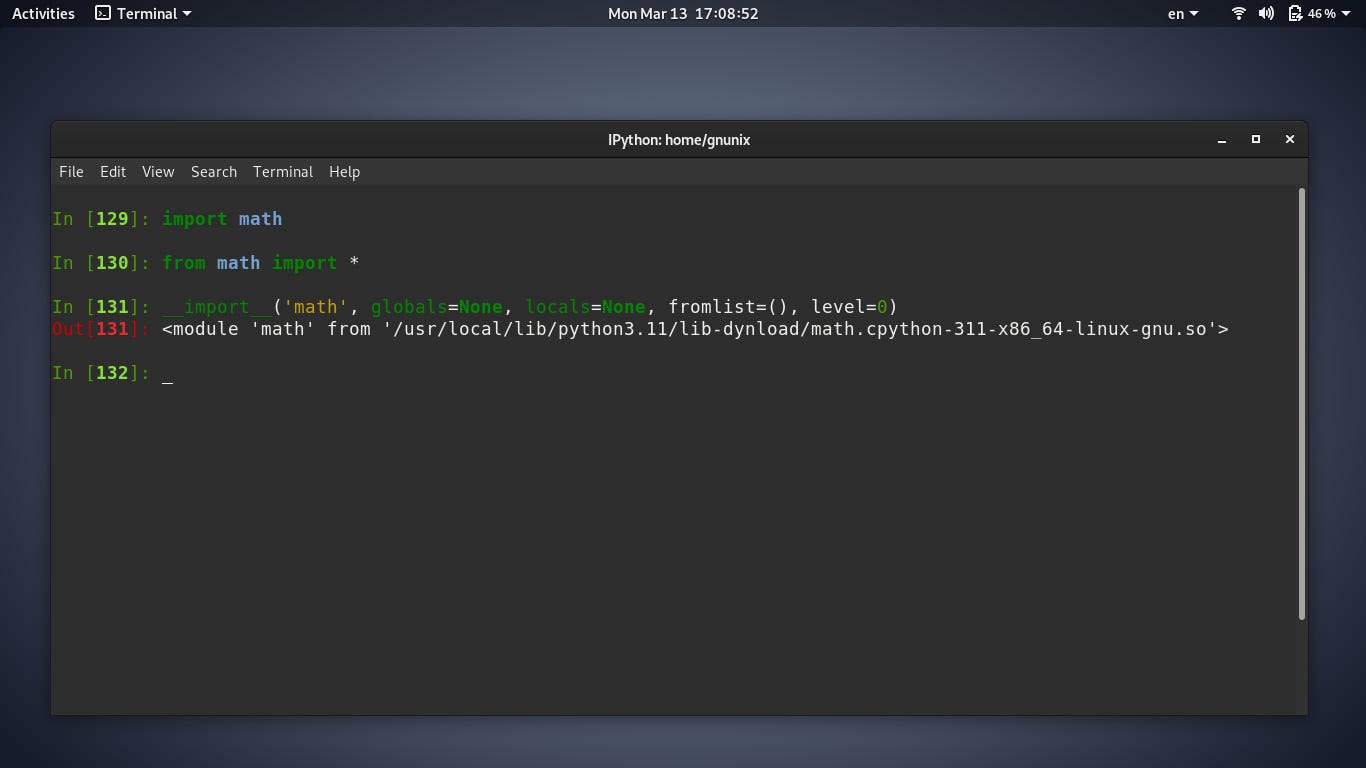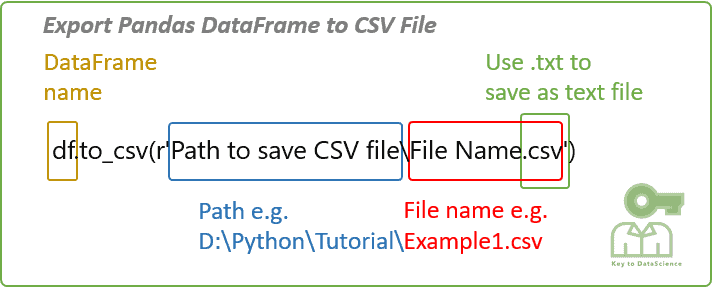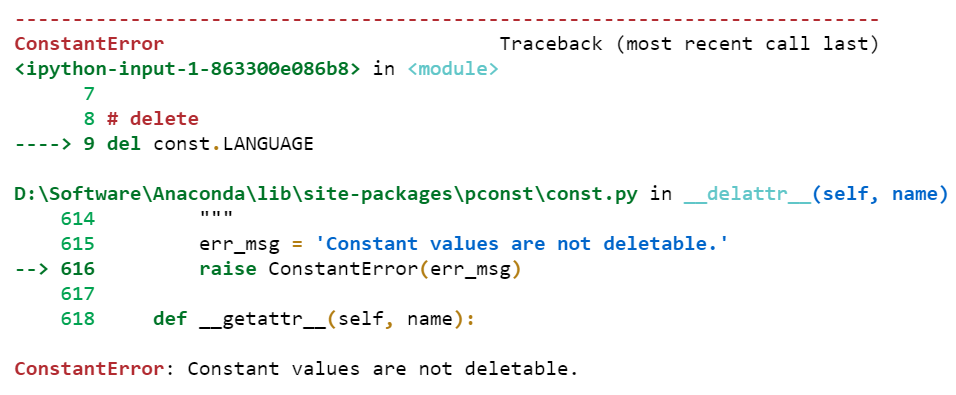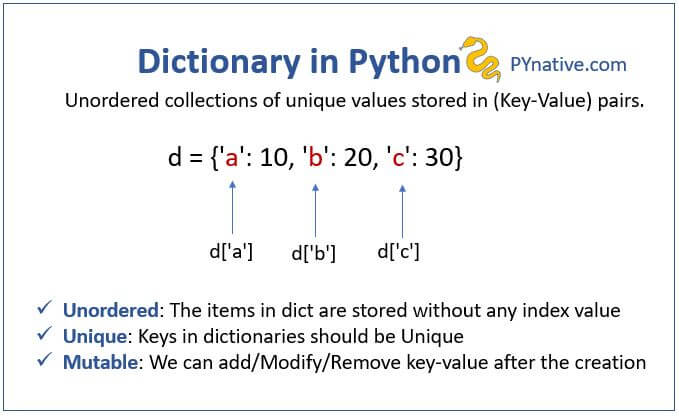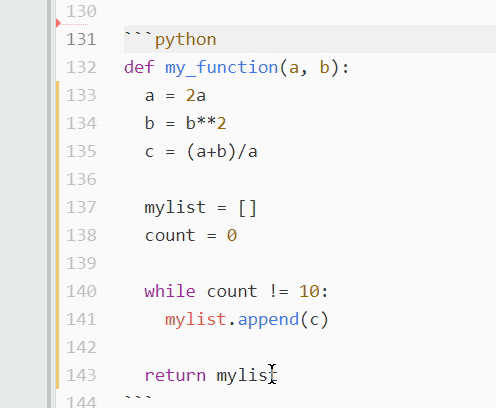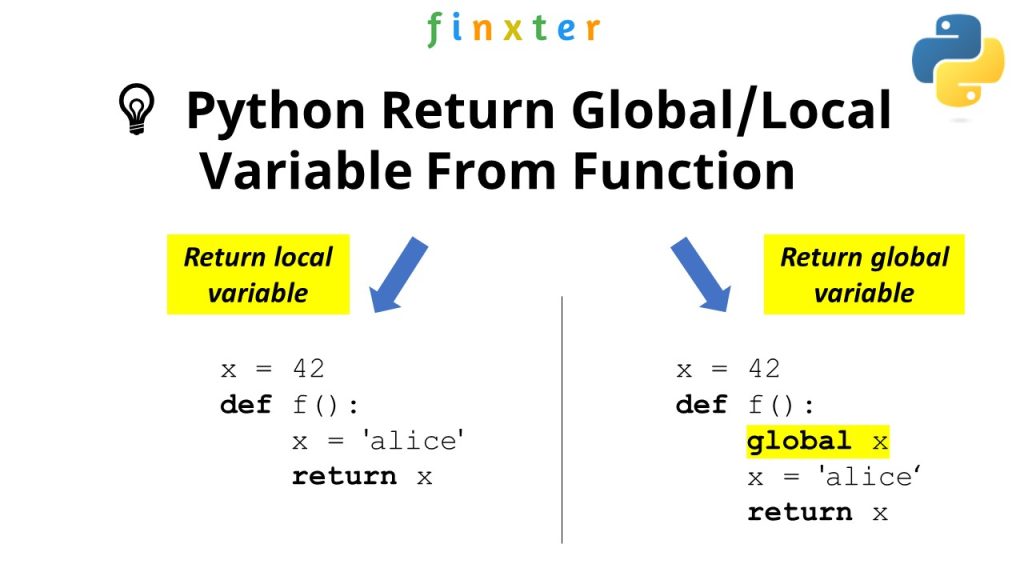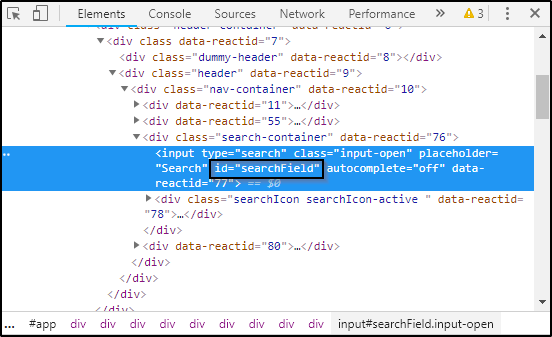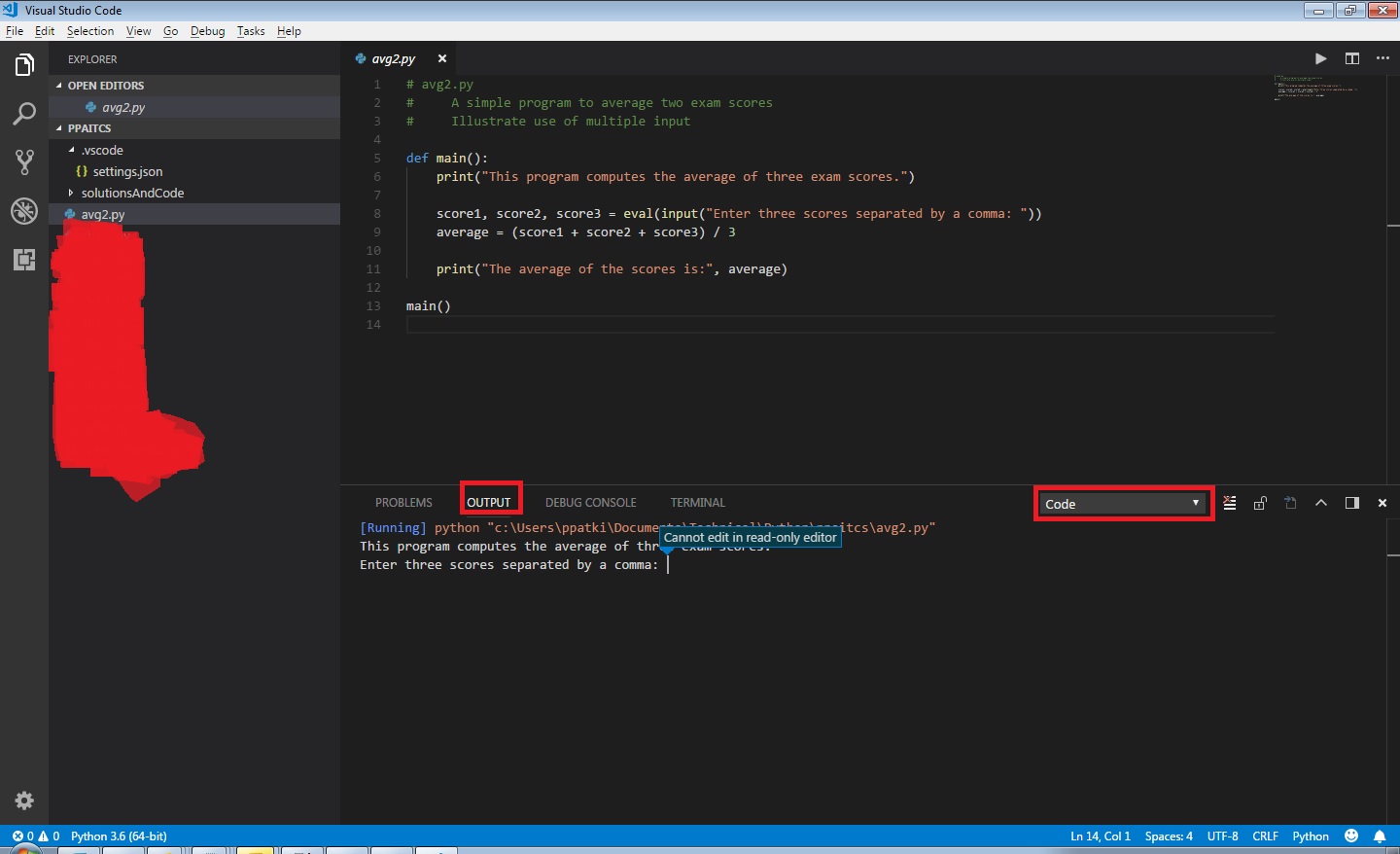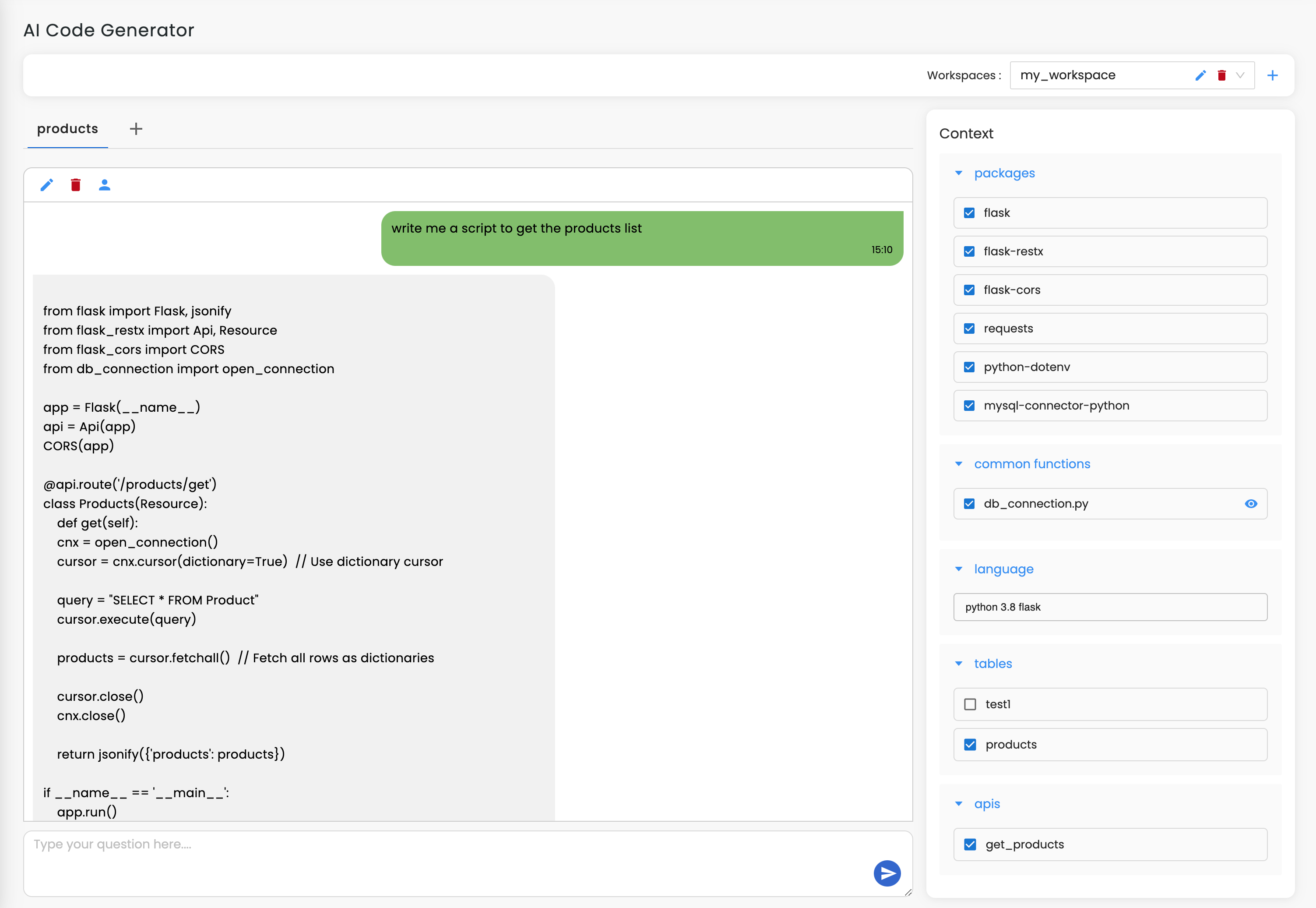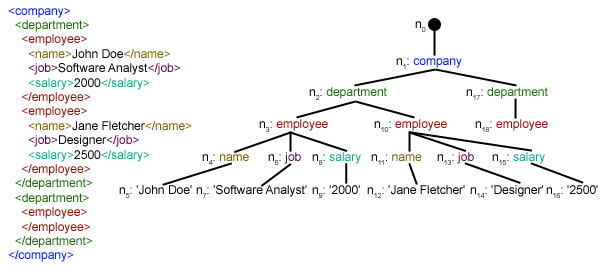How to access a 2D list in Python
How to access a 2D list in Python
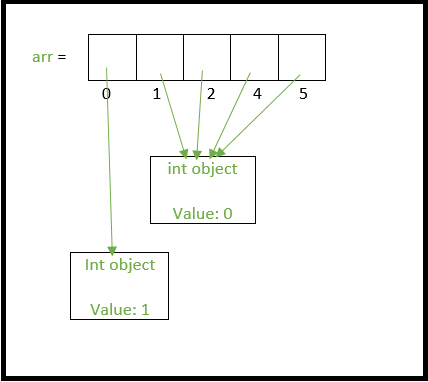
I'm happy to help you with that!
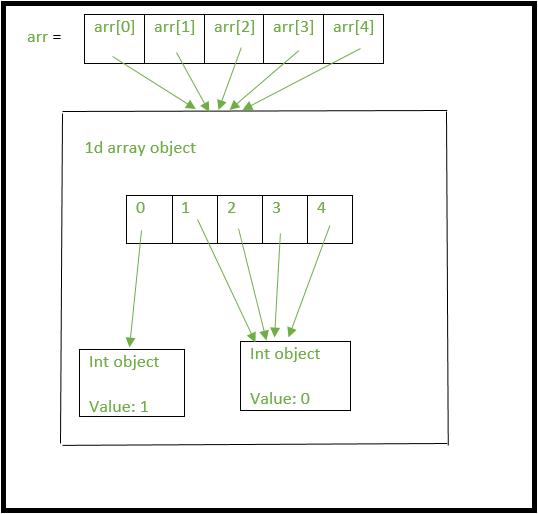
In Python, accessing elements in a 2D list (also known as a matrix or a list of lists) is a crucial task. A 2D list is a collection of lists, where each sublist contains elements of the same data type. For example:
my_2d_list = [

[1, 2, 3],
[4, 5, 6],
[7, 8, 9]
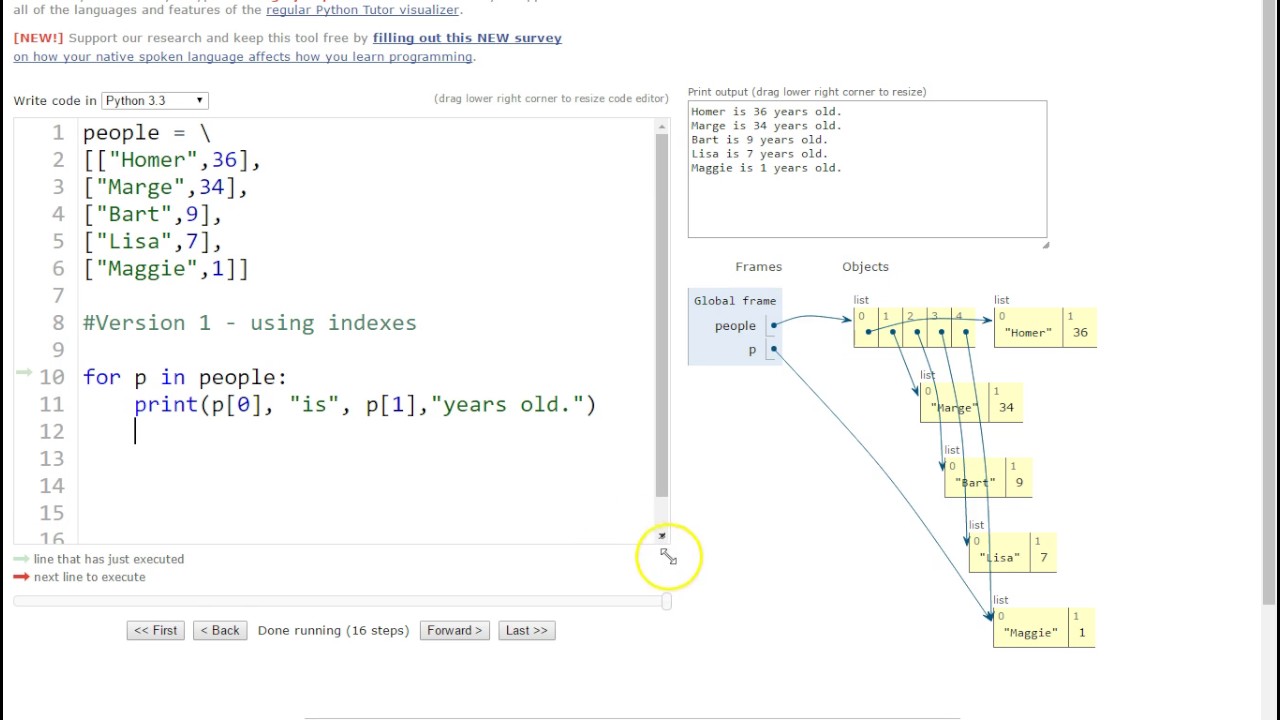
]
To access an element in a 2D list, you need to specify the row and column indices. The syntax is my_2d_list[row_index][column_index].
Here's how it works:
Row index: Specify the index of the sublist that contains the desired element. In Python, list indices start from 0, so if your 2D list has three sublists (rows), the row indices would be 0, 1, and 2.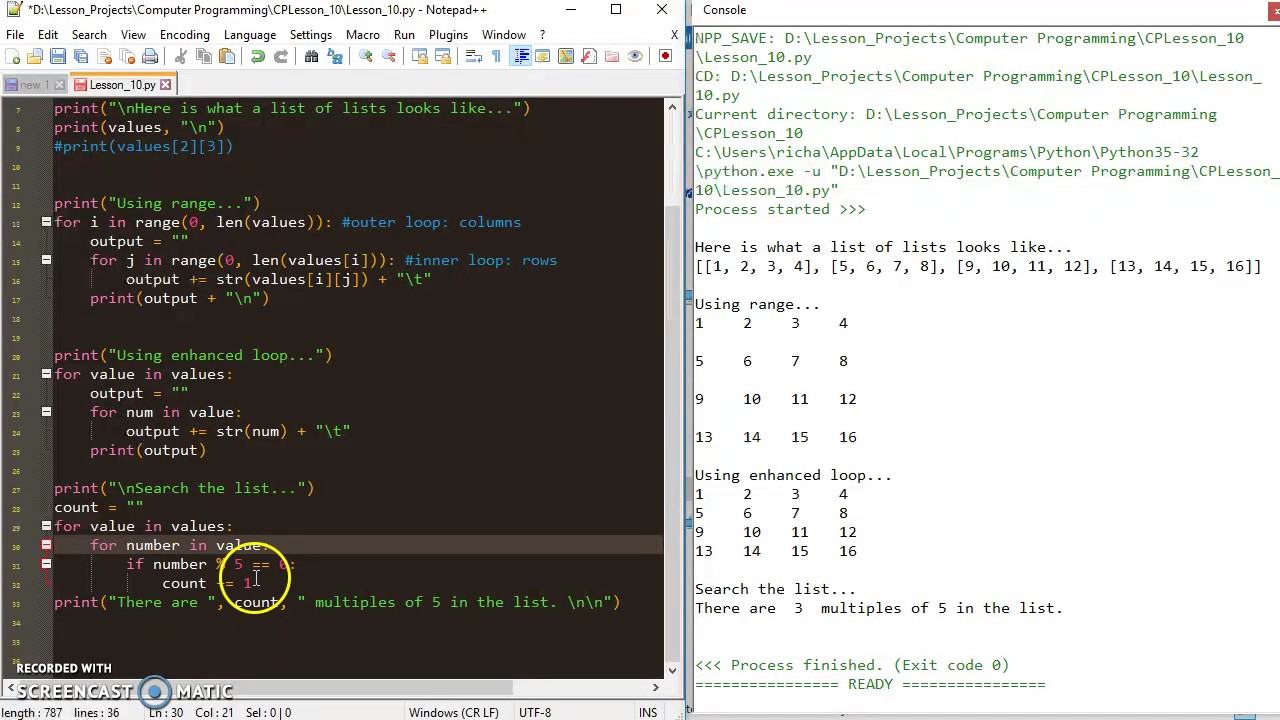
For example, to access the first row:
my_2d_list[0] # returns [1, 2, 3]
For example, to access the second element in the first row:
my_2d_list[0][1] # returns 2
Here's a step-by-step guide:
Accessing a specific element:
Identify the row and column indices of the desired element. Use square brackets[] to access the sublist (row) at that index. Inside those brackets, add another set of square brackets to specify the column index.
Example:
my_2d_list[1][2] # returns 6
Iterating over a 2D list:
You can use nested loops or list comprehensions to iterate over a 2D list. Here are some examples:
Nested Loops:
for row in my_2d_list:for element in row:
print(element)
List Comprehension:
[element for sublist in my_2d_list for element in sublist]
These examples demonstrate how to access and iterate over elements in a 2D list. I hope this helps!
How do you iterate through a 2D list in Python?

I'm happy to help!
Iterating through a 2D list (also known as a matrix or list of lists) in Python can be achieved using various methods, depending on your specific requirements and preferences. Here are some common approaches:
Method 1: Using Nested For Loops

One way to iterate through a 2D list is by using nested for loops. This method is straightforward and works well when you need to access each element in the 2D list.
Here's an example:
# Define the 2D list
my_2d_list = [[1, 2, 3], [4, 5, 6], [7, 8, 9]]
Iterate through the 2D list using nested for loops
for i in range(len(my_2d_list)):
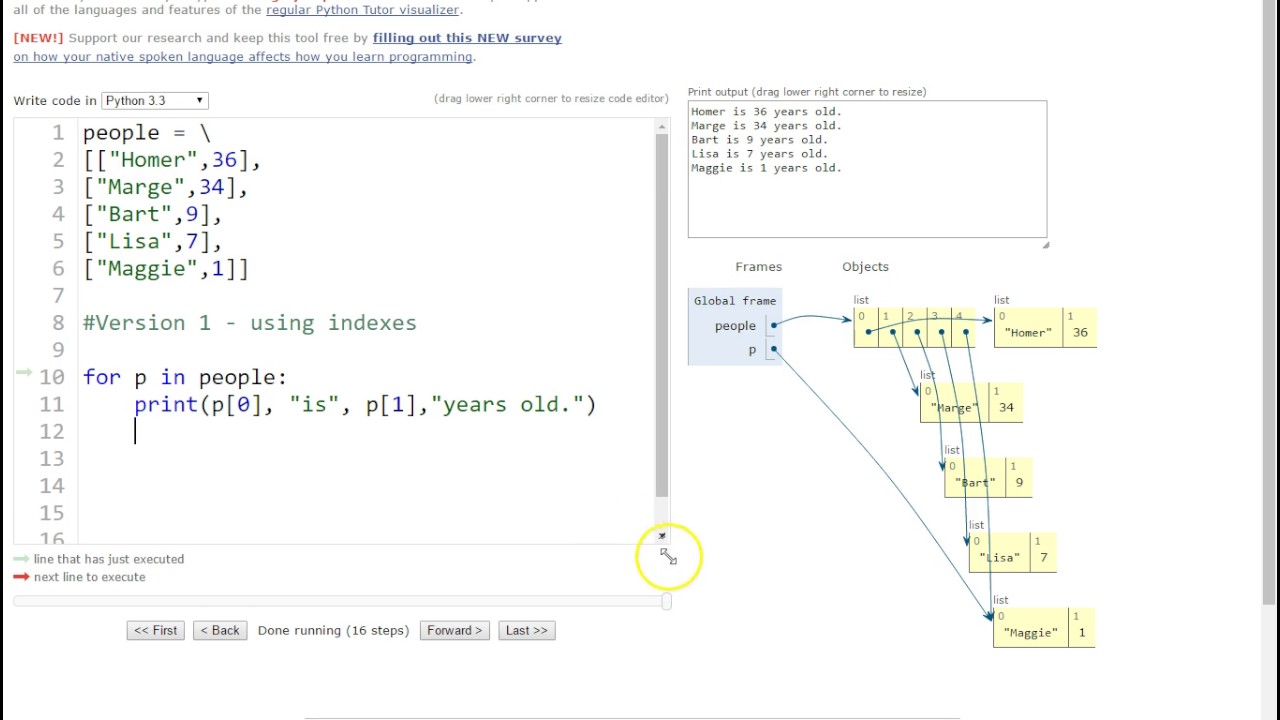
for j in range(len(my_2d_list[i])):
print(my_2d_list[i][j])
This code will output:
1
2
3
4
5
6
7
8
9
Method 2: Using the enumerate Function
Another way to iterate through a 2D list is by using the enumerate function, which returns both the index and value of each element.
Here's an example:
# Define the 2D list
my_2d_list = [[1, 2, 3], [4, 5, 6], [7, 8, 9]]
Iterate through the 2D list using enumerate
for i, row in enumerate(my_2d_list):
for j, value in enumerate(row):
print(f"Row {i}, Column {j}: {value}")
This code will output:
Row 0, Column 0: 1
Row 0, Column 1: 2
Row 0, Column 2: 3
Row 1, Column 0: 4
Row 1, Column 1: 5
Row 1, Column 2: 6
Row 2, Column 0: 7
Row 2, Column 1: 8
Row 2, Column 2: 9
Method 3: Using the itertools.product Function
A more advanced way to iterate through a 2D list is by using the product function from the itertools module. This method allows you to easily generate Cartesian products of iterables.
Here's an example:
import itertools
Define the 2D list
my_2d_list = [[1, 2, 3], [4, 5, 6], [7, 8, 9]]
Iterate through the 2D list using itertools.product
for row in itertools.product(*my_2d_list):
print(row)
This code will output:
(1, 4, 7)
(1, 4, 8)
(1, 4, 9)
(1, 5, 7)
(1, 5, 8)
(1, 5, 9)
(1, 6, 7)
(1, 6, 8)
(1, 6, 9)
(2, 4, 7)
(2, 4, 8)
(2, 4, 9)
...
In conclusion, iterating through a 2D list in Python can be achieved using nested for loops, enumerate function, or itertools.product function. Each method has its own strengths and weaknesses, depending on your specific requirements and preferences.
